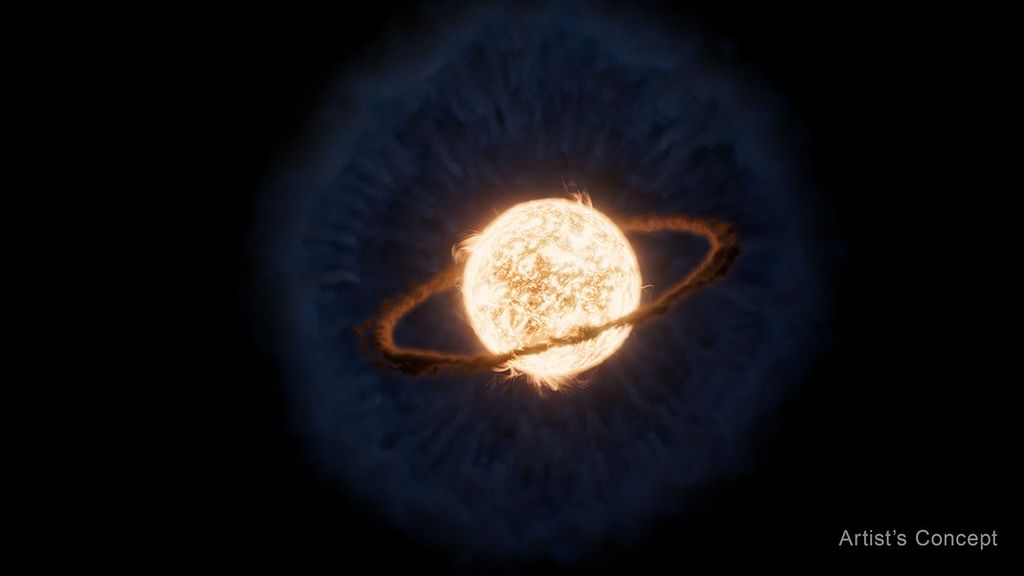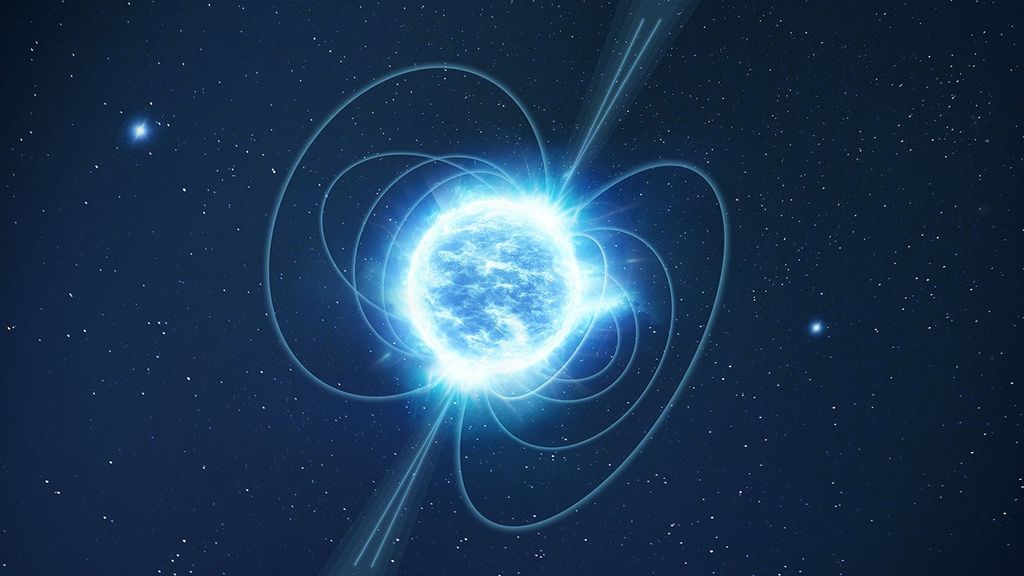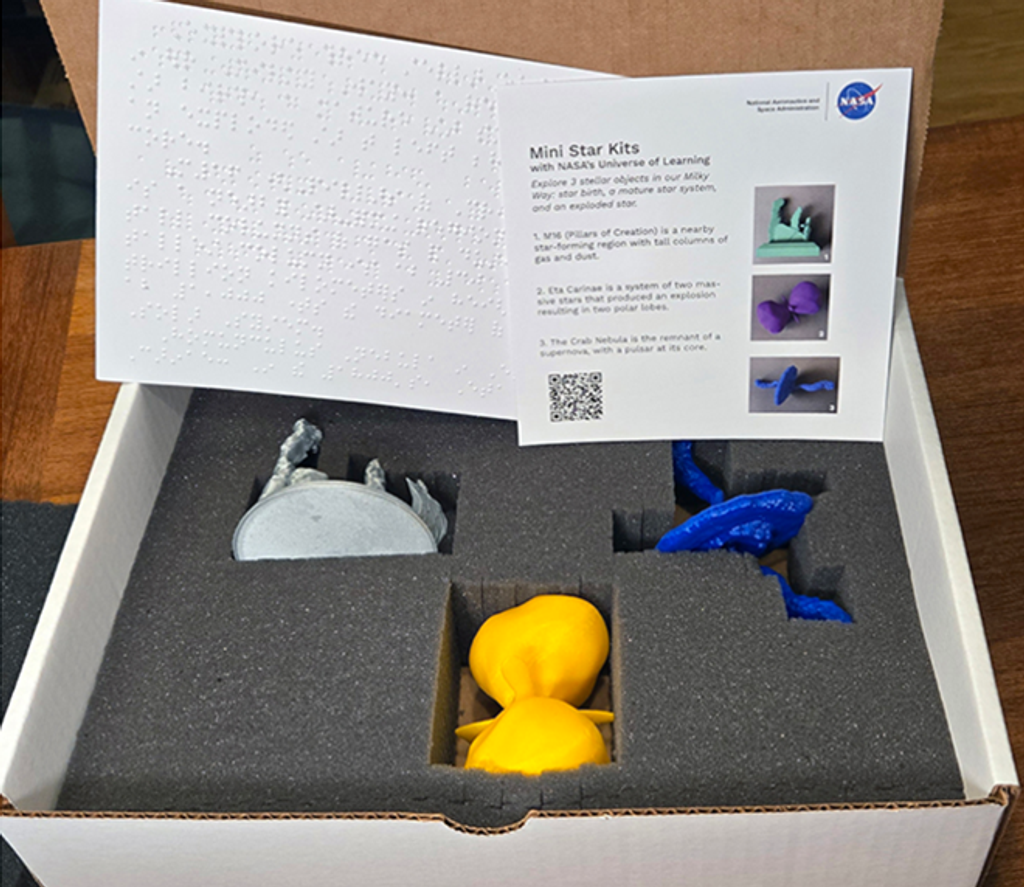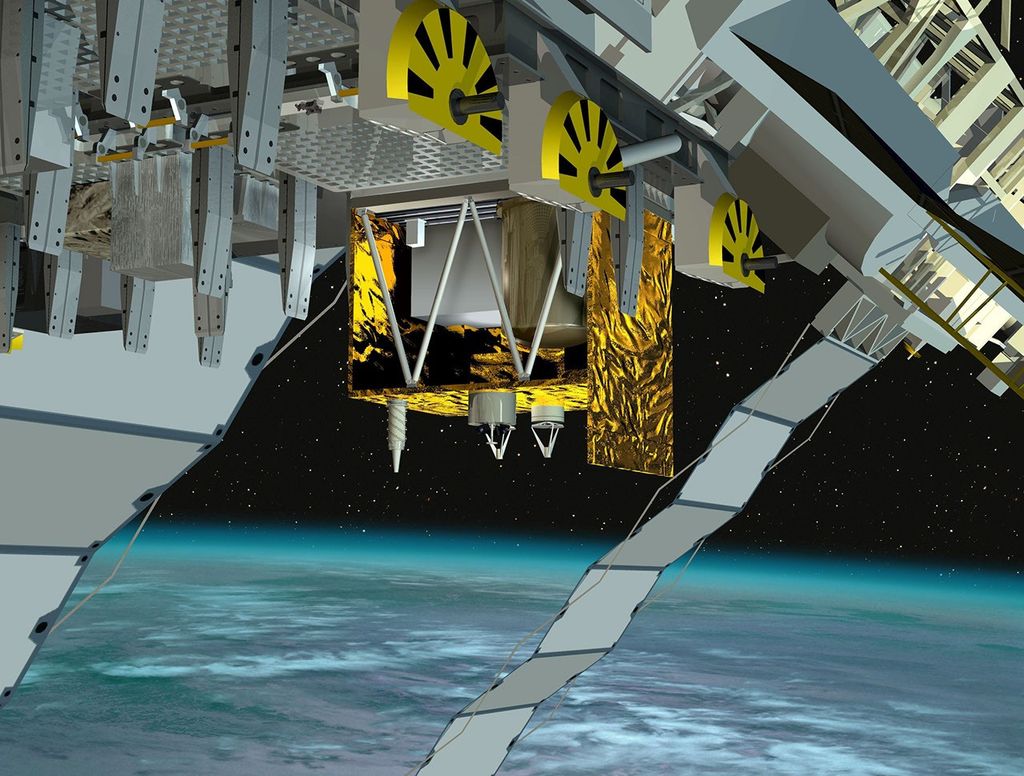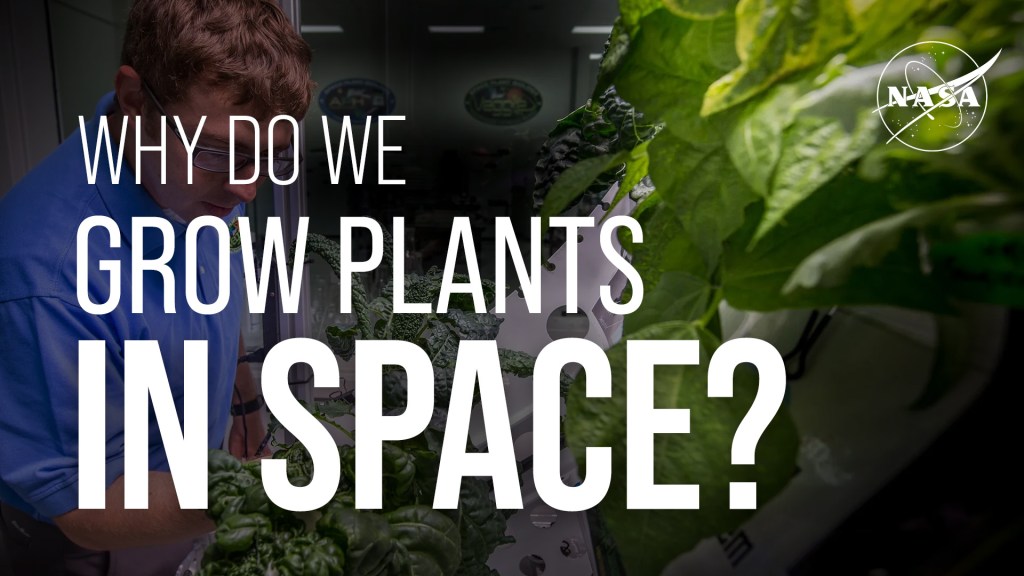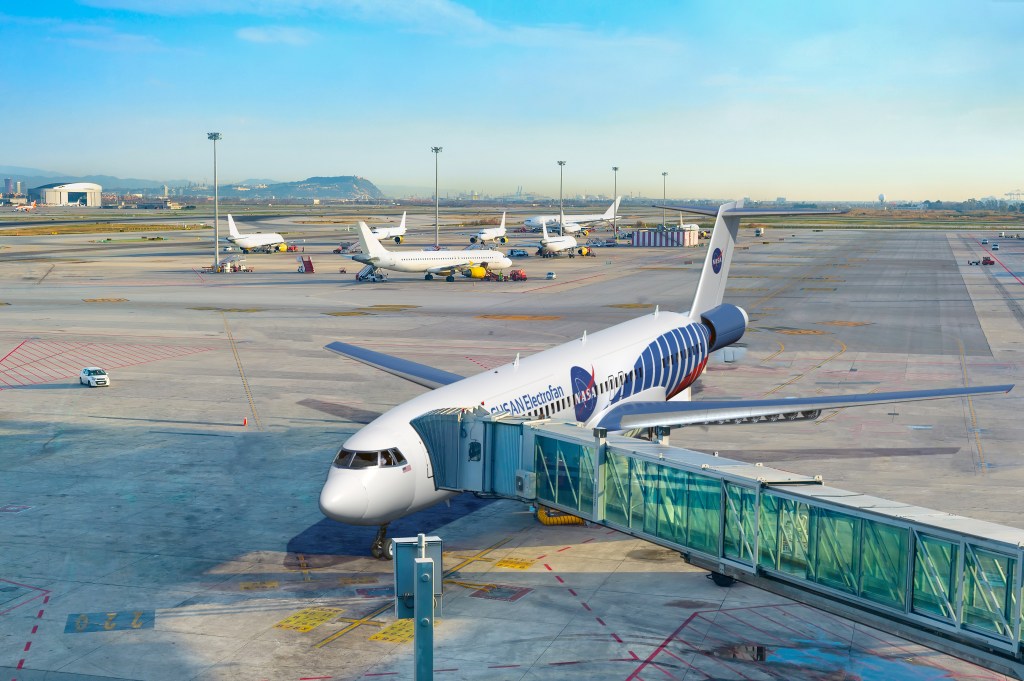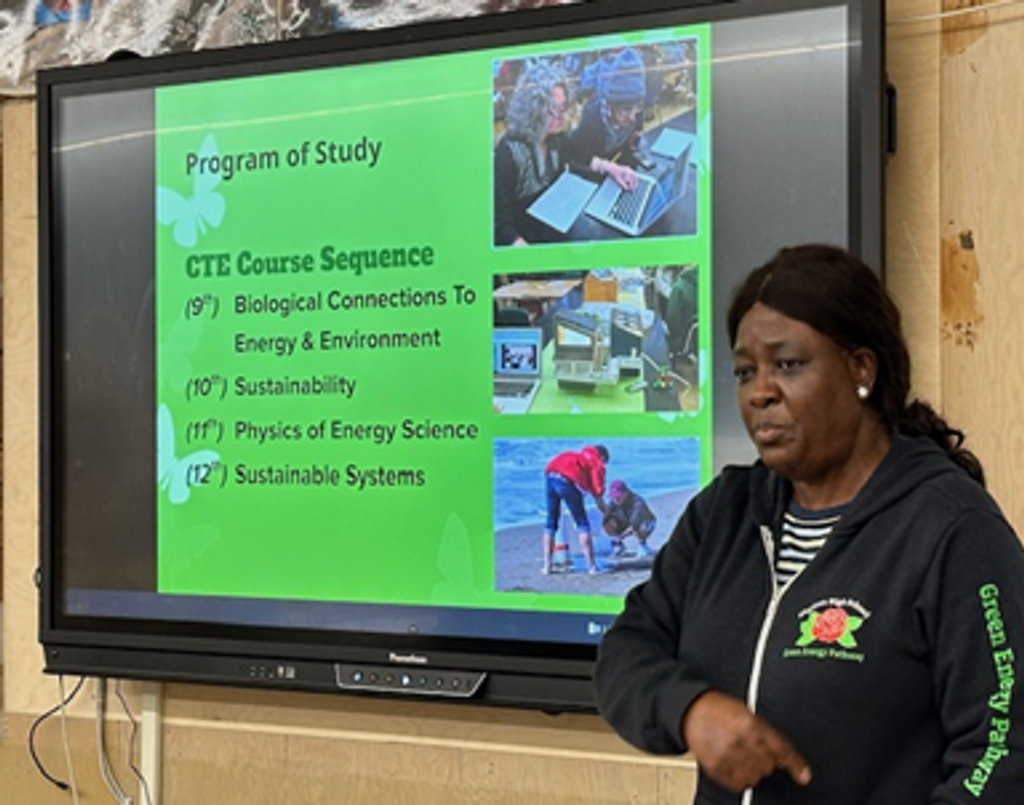Introducing NASA’s Curious Universe
Our universe is a wild and wonderful place. Join NASA astronauts, scientists and engineers on a new adventure each week — all you need is your curiosity. Visit the Amazon rainforest, explore faraway galaxies and dive into our astronaut training pool. First-time space explorers welcome.
About the Episode
Sewing machines, tape, scissors. Just like you might visit a tailor to get your pants hemmed or your suit fitted, NASA calls on a group of very creative problem-solvers to custom-make protective shields for our space missions.
Subscribe

PAULA CAIN:One of the reasons I sew is, it’s therapeutic. A lot of times, if there’s something that’s troubling me or I need to think about it, I will design something and sew it. It’s being one with yourself, it’s just you and the sewing machine. I love that hum sound, the hum of the sewing machine. It calms me. My name is Paula Cain and I make clothes for spacecrafts.
[Sewing machine sounds]
[Song: Cozy Blankets by Lee Rosevere]
HOST PADI BOYD:We need long pants and jackets to keep us warm when we go outside on cold nights. In a way, NASA’s spacecraft do, too. It’s really important to craft protective coverings for the probes that leave Earth to go exploring. And the people who create them use tools you might not expect to find around a space center laboratory: Sewing machines, tape and scissors…
[Song: New Philosophers]
[sound of sewing machine BUMPS UP]
HOST PADI BOYD: Welcome to NASA’s Curious Universe. Our universe is a wild and wonderful place and in this show, NASA is your tour guide. This week’s adventure takes us to some very creative places here on planet Earth… NASA’s thermal blanket labs.We’re meeting NASA’s space crafters… the technicians whose work helps protect our missions from the harsh environment of space.Just as you might visit a tailor to get your pants hemmed or your suit fitted, NASA calls on thermal blanket technicians to custom-make the protective shields necessary for space exploration.
[Clarinet’s Poetry Song]
ALEKSANDRA:Thermal blanketing is basically like clothes for spacecraft.
JANET: ..But it’s different. [laughs] The thermal blankets are a multi-layer installation that either protect the spacecraft from heat or cold.
ALEKSANDRA: They’re custom made, custom-designed…The outer layers can be a little bit thicker like aluminum foil. The internal layers feel almost like tissue paper — that’s how thin they are. And the netting is no different than what you would make a bridal veil out of, it’s just space grade.
BRENDA: And I will show you what they look like… so, here… [material rustles]
HOST PADI BOYD:If you look at pictures of spacecraft, many of them are covered in what looks like gold foil. These are called thermal blankets…
PAULA CAIN: What a thermal blanket technician is, is a person who works with blankets. And, the blankets are layers of film. Anything that goes in space either needs a special coating or these blankets on it. What I do is design the patterns and everything and make these actual blankets, cut them up, tape them, and apply them on instruments, satellites, whatever’s needed…
[Footsteps and rustling of blankets] (so, here…)
ALEKS:Rarely is it silent in the lab. You’ll hear hammers punching, you’ll hear vacuums running, you’ll hear the sewing machine going…
[Sewing machine starts up]
BRENDA: This machine was built to go very fast but, with what we do, we have to go very slow…like this [starts laughing]
HOST PADI BOYD: Those are the voices of thermal blanket technicians. Lots of NASA missions would never leave the ground without their creativity and handiwork. Thermal blankets protect spacecraft from extreme heat and cold that could damage them. These special coverings can also defend NASA missions against collisions with micrometeoroids, very small chunks of rock or metal flying through space!
HOST PADI BOYD:The technicians who work at NASA’s thermal blanket labs and for our commercial partners collaborate with NASA engineers to figure out how to best cover space hardware of all shapes and sizes. Each thermal blanket is different, ranging from one layer to thirty… or even more! The technicians who model, prepare and design thermal blankets have to be able to craft incredibly precise templates. These problem-solvers work with their hands and use a variety of materials like netting, Kapton tape, markers, sewing machines, and even surgical scalpels, to execute mission requirements. Many of NASA’s thermal blanket technicians have a background in the arts. Like Paula, who went to fashion school.
PAULA CAIN:I guess I was born loving sewing because of my mother. My mother sews and growing up, my mother used to watch soap operas. And she was a stay at home mom and she loved Young and the Restless and if you know anything about Young and the Restless, especially back in the day, they used to wear real elegant, fancy clothes, suits that type of thing. And my mother would look and she would say — she would look down at me, she says, ‘we’re going to make that today’. And then we go to the fabric store, we’d pick out the pattern, the fabric, and then she would make it. And I was like, I want to do that too. So from watching her and then she taught me how to sew. It just inspired my love of sewing and designing. And then from there, I decided to go to school for fashion design.
[Sewing Sounds]
HOST PADI BOYD:But there was always a part of her that was fascinated by NASA.
PAULA CAIN:I always kept up on the latest in fashion design because my degree is in fashion design. And they had a job under fashion design. It said, ‘Do you like Star Trek? And are you a Trekkie?’ And I was like, ‘uh oh,’ because I love Star Trek. And I looked at it and it said something about a thermal blanket technician. And I called and it was here at NASA and I went for the interview and I was like, ‘Oh my gosh, I got behind the gate.’
HOST PADI BOYD: It takes people from all kinds of backgrounds and areas of expertise to make a NASA mission possible.
PAULA CAIN:The range of backgrounds that people come from for thermal blanket technician is interesting because mine is sewing and design. Then, we have a person who’s a graphic artist background. We have a person who she did draperies, that type of things. Their ideas are a little different. Which is good, you need different here. You’ve got to be able to think out of the box. Sometimes you can’t always draw everything out so you have to be able to think about it in your head. Like, how will that unfold? How will this fold up? How will the material work? How are you going to cut it? And be able to do it sometimes a little quicker than you would want to. You’ve got to think on your toes.
HOST PADI BOYD:Paula’s experience in the fashion industry prepared her for her job at NASA, but that didn’t mean she wasn’t nervous at first.
PAULA CAIN:When I first started here at NASA, I was very nervous my first day. I remember like it was yesterday, I was like, ‘Oh, please don’t let me mess up on anything.’ I said a prayer. And I said… my father always taught me, “if you don’t know, you ask!” Don’t mess anything up, you ask first. As long as I remember just to say I’m new and can you help me? That type of thing. And it was interesting because when I first came in the first project, one of the very first projects was working on this servicing mission for Hubble. To me personally, when I think about NASA, I think about Hubble. I mean, I grew up looking at some of those pictures and piquing my interest about space and what’s out there… so, to come in new, my first week, I was doing something on Hubble — heart was in my throat again — but I just took my time and the people in the blanket lab were very helpful.
HOST PADI BOYD: But Paula rose to the challenge, and hasn’t looked back since.
PAULA CAIN: I’ve been here at NASA for 12 years. And I thought I was only going to be here for about three. I said, ‘Oh, I’ll give it about three years. Then I’ll go back home and work at home.’ And I loved it so much. I’ve stayed. I get a special feeling knowing that things i’ve made, things I’ve touched, are up in space because I think about the fact that there aren’t that many people in the world who have that opportunity. This is something I basically do every day. I just, I feel a little special, you know, ‘Yeah, I may not look like it, but you know, I’ve got stuff up in space.’
HOST PADI BOYD: Thermal blanket technicians like Paula have helped prep a variety of missions, like the upcoming James Webb Space Telescope and Parker Solar Probe. They get to be involved in a range of projects.
PAULA CAIN: I am a person who does not like to do things over and over again. And working here is different almost every day. And I think that’s what keeps me here.
HOST PADI BOYD:Over at NASA’s Jet Propulsion Laboratory in California, Lien Pham has been making thermal blankets for almost 20 years. Before that, she emigrated from Vietnam, and worked as a seamstress in Los Angeles.
LIEN PHAM: When I start, I got paid $2.10 but then, it’s piece work, which means the faster you make the more you make money, so I got up to five dollar an hour… that was pretty big, then! It was what? Almost thirty years ago? Over 30 year ago. Wow.
HOST PADI BOYD: Lien decided to go to trade school to learn about making electronics. By the time she started working at JPL, Lien knew how to cable and solder. She could structure wires and work with metal. Those skills, combined with her sewing background, made her a good fit for thermal blanketing at NASA.
LIEN PHAM: I would never have imagined that I came here, got to work for NASA and got to send something to space. I would never dream that I would be able to, with my talent, be able to work on something this big… this great.
HOST PADI BOYD: During her first year at JPL, Lien was able to apply her cabling skills to the Cassini mission — the first satellite to orbit Saturn. Through cabling, Lien’s hands touched spacecraft that traveled to Mars. But it was a little harder for Lien to see the full impact of her work because she never saw the end product… until she became a thermal blanket technician.
LIEN PHAM: I like blanketing because it’s from the beginning to the end. I got to see, I got to fabricate it, I got to install it, and that was the last step before it goes… So I got to follow all the steps throughout the tasks and everything. So it feels more like you see, like you have a baby, right? You conceive it and you see it and they grow up, and they’re gone… That’s how I feel about what I’m doing. Thermal blanketing.
HOST PADI BOYD:Although the missions Lien worked on felt like her baby, her own children had a hard time understanding what it was their mom did. Lien was really attached to the missions she worked on, but her children had a hard time understanding what it was their mom did.
LIEN PHAM: I tell my kid when they’re little, they ask, “What you doing?” and I keep explaining and they couldn’t understand. I said, “Oh, just think of it as I making dresses for you.” So, I’m making dresses for the spacecraft.
HOST PADI BOYD: With thermal blanketing, Lien was able to see the whole process… Dressing spacecraft for flight gave Lien a new sense of curiosity for the missions she worked on. The Mars rovers, Spirit and Opportunity, really impressed her.
LIEN PHAM:… The twin rovers got a lot more public exposure. Then I realized more that, “Oh wow, this is really big.” Something out of my imaginary. I was like, “How did they calculate that,” it landed right there. That’s amazing.
[MUSICAL TRANSITION]
HOST PADI BOYD:… So much of what NASA can do is only because of the hard work of employees at all stages of a mission. For Paula, the teamwork at NASA means a lot.
PAULA CAIN: It’s fun and refreshing that you work with a team. And even beyond the team that’s in the blanket lab, everything that we do here at NASA, it’s hand-in-hand. We’re all one big team because you can’t do one thing without the other. And that’s what I love, because it shows you just how it should be I think in the world, you have to work with everyone to get along and to get things done.
HOST PADI BOYD:Spacecraft really can’t survive in space without the careful work of the people who create their protective coverings. Think of it as choosing just the right outfit to wear before stepping out into a blizzard. If anything is out of place, you’ll find it hard to function. NASA’s space crafters are making sure our missions are prepared, too. They sew the blanketing and dress NASA’s missions up before they begin their journeys in space, where they’ll be safe and bundled up… and ready to get to work.
HOST PADI BOYD:This is NASA’s Curious Universe. The Curious Universe team includes Elizabeth Tammi and Micheala Sosby. Our executive producer is Katie Atkinson. Special thanks to Colin McNutt, Leslie Mullen, Liz Landau and Ryland Heagy. If you enjoyed this episode, be sure to share this episode with a friend, and rate and review us in your podcast app.
And, join us next week as we step… into the field.
[Snow Boots Crunching and Snowmobile Sounds]



